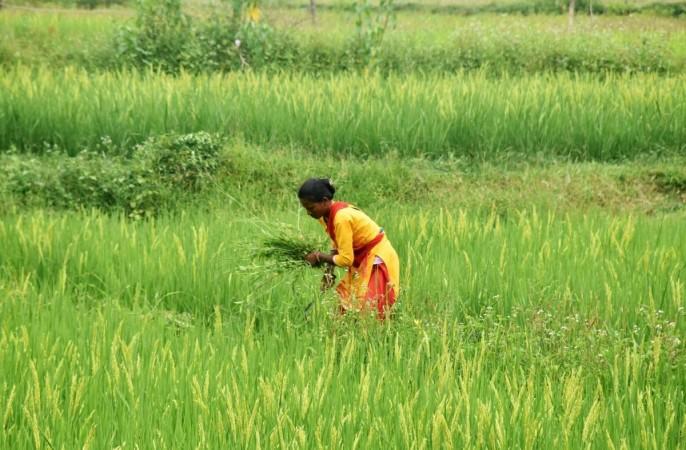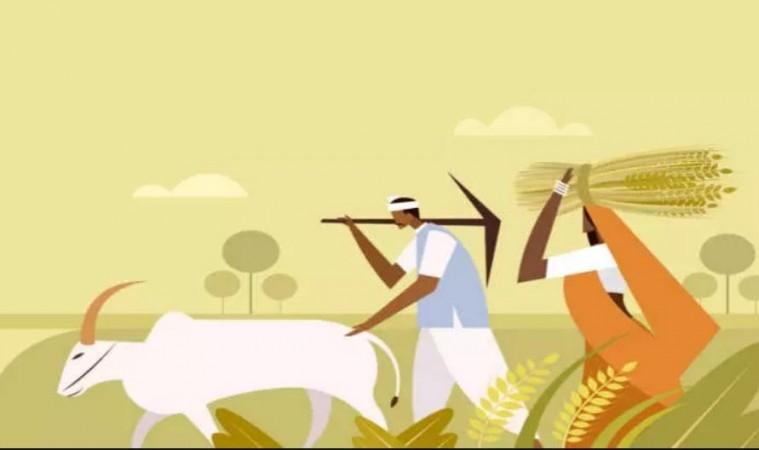
The Ministry of Agriculture and Farmers Welfare has reported a significant 14.1% increase in the area under kharif crop sowing in 2024. The data, released on Monday, July 8, 2024, reveals that the area has expanded to 378.72 lakh hectares, up from 331.9 lakh hectares during the same period last year. This substantial increase is attributed to the favorable monsoon conditions experienced this year.
The report also highlights a remarkable 50% surge in the area under pulses cultivation. The area has expanded from 23.78 lakh hectares last year to 36.81 lakh hectares this year. This development is particularly significant given the recent shortage of pulses in the country, which has been a major contributor to food inflation. The increase in pulses cultivation is expected to alleviate this shortage and stabilize food prices.
In addition to pulses, the area under paddy cultivation has also seen a substantial increase. The data shows that the area has jumped to 59.99 lakh hectares from 50.26 lakh hectares last year. This increase in paddy cultivation is expected to boost rice production, thereby ensuring food security for the country's vast population.
The area under oilseeds cultivation has also seen a significant increase, jumping to 8.31 lakh hectares from 51.97 lakh hectares last year. This increase is expected to have a positive impact on the country's economy. The higher area under oilseeds cultivation could lead to a decline in the country's edible oil import bill, thereby saving precious foreign exchange. This development is particularly significant given the recent rise in global oil prices.
The data also reveals an increase in the area under sugarcane cultivation. The area has increased to 56.88 lakh hectares this year, up from 55.45 lakh hectares last year. This increase is expected to boost sugar production, thereby ensuring the availability of this essential commodity for the country's vast population.

In a remarkable development, the area under soybean cultivation has more than doubled this year. The area has increased from 28.86 lakh hectares to 60.63 lakh hectares. This increase is expected to boost soybean production, thereby ensuring the availability of this essential commodity for the country's vast population.
These developments in the agricultural sector are reminiscent of the Green Revolution in the 1960s and 1970s. The Green Revolution, which was a period of increased agricultural productivity in developing countries, was characterized by the introduction of high-yielding varieties of seeds and the increased use of fertilizers and irrigation. The current increase in the area under kharif crop sowing and the surge in the cultivation of pulses, paddy, oilseeds, sugarcane, and soybean could be seen as a new Green Revolution.
However, it is important to note that these developments are not without challenges. The increase in agricultural productivity must be balanced with the need to conserve natural resources and protect the environment. The use of sustainable farming practices and the adoption of climate-smart agriculture are crucial in this regard.
The increase in the area under kharif crop sowing and the surge in the cultivation of pulses, paddy, oilseeds, sugarcane, and soybean are significant developments for the agricultural sector. These developments are expected to boost agricultural productivity, ensure food security, and have a positive impact on the country's economy. However, the need for sustainable farming practices and the adoption of climate-smart agriculture cannot be overemphasized.

















